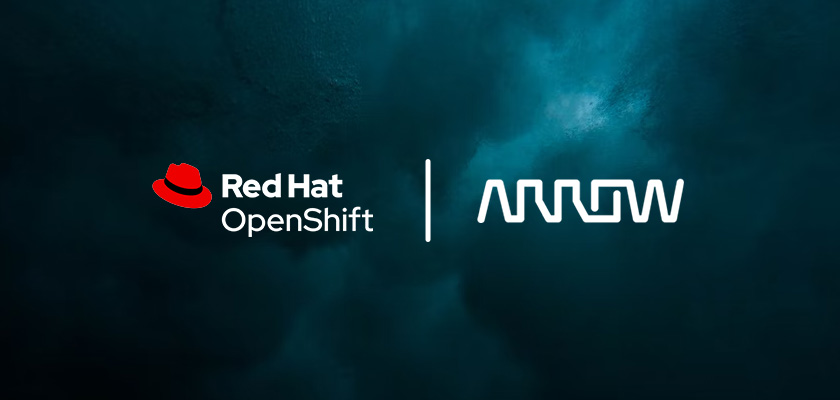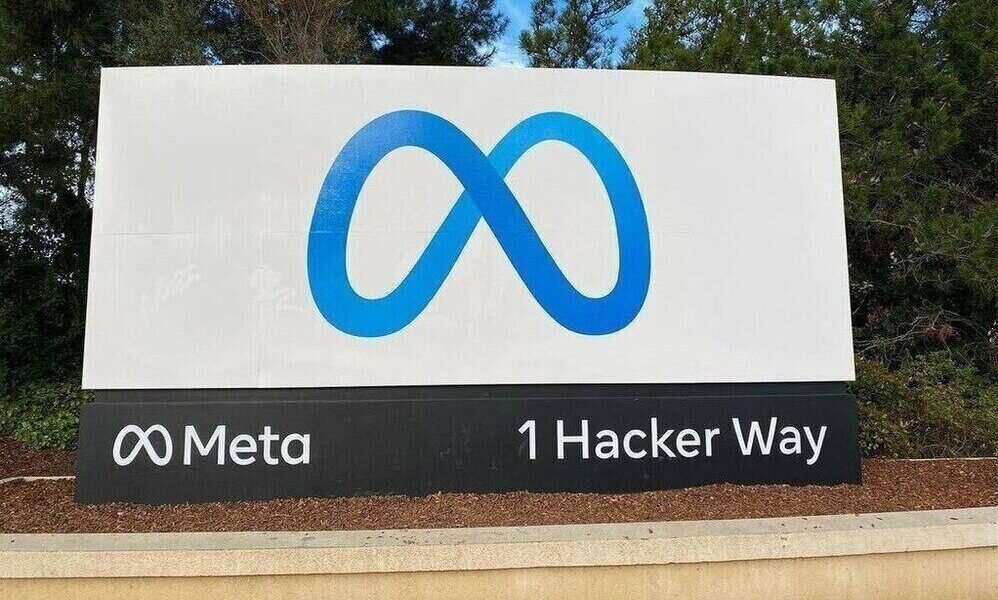
The adoption of containers and Kubernetes is an unstoppable reality, advancing at a very fast and growing rate. And one of the companies that is benefiting most from this growth is Red Hat. As explained Javier Sanchez RubioRed Hat OpenShift Business Development Manager, in recent years “Companies have committed to innovating their businesses, which is implemented in the form of applications, which must be deployed with increasingly shorter delivery times, at contained costs, and with security and scalability requirements.”
In this space, Red Hat OpenShift has proven to be a mature and proven enterprise Kubernetes platform, leader in market share with almost 50%, As reflected in a recent study of the market for Container SW by IT Pro Today. Javier Sánchez adds in this sense, “That we have received validation from analysts such as Forrester, which in its Multicloud Container Development Platforms report gives Red Hat leadership in this market both in strategy, functionality and market share.”
Now, if we take into account that Kubernetes is an OpenSource project and that there are many companies that offer their clients platforms based on this project, it is worth asking what is different about Red Hat and what has allowed it to achieve this leadership position. In this sense, as he also explains in the video interview that you can see below, there are three key elements that make OpenShift a winning proposal.
Red Hat OpenShift has proven to be a mature and proven enterprise Kubernetes platform
First of all, the possibility of deploy the platform on any cloud environmentflangeoffering the platform user teams (Development, Operations, etc.) a homogeneous and consistent experience regardless of the infrastructure, whether in the data center (on a physical machine, virtual or even private cloud) or in Edge environments, as well as in public cloud environments.
Secondly, its ability to develop and deploy both new cloud-native applications and analytical applications (AI/ML) or even bring closer and/or modernize legacy applications, since it can be run within virtual machines running in containers.
Finally, the total cost of ownership. As Javier Sánchez indicates, “Red Hat OpenShift is a complete enterprise platform for both Development and Operations teams, which we have now taken to a higher level by including OpenShift Platform Plus, which includes advanced security and management functionality for Kubernetes multicluster environments ( not just OpenShift)”.
The value of the distribution channel
When it comes to bringing a platform like Red Hat OpenShift to companies, the distribution channel plays a fundamental role, especially when it comes to increasing the value that Kubernetes can have for companies.
In this sense, Inaki Echavarry, Arrow Business Unit Manager explain what “Red Hat partners can create value around their own services with Red Hat technology solutions like OpenShift.”
Echávarri goes on to point out that the company’s partners have the opportunity to train for free to get a thorough knowledge of this container solution and be recognized in the market as specialists in integration and development on Kubernetes-based platforms.
From Arrow they also explain that the added value they offer to their customers “It ranges from the specialized organization that we have as verticals in our company, the knowledge and expertise of each of the manufacturers with whom we work, to the innumerable services and financial options that we provide.”
He has finally ensured that “With containers, we are experiencing a great technological revolution that we cannot let go, and the Red Hat OpenShift implementation projects are a good example of this. Continuous training is of vital importance for the channel and in containerized environments, it represents a great opportunity for growth”.



